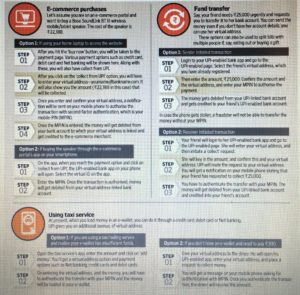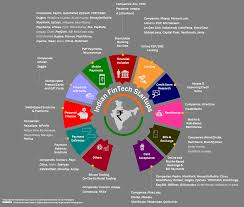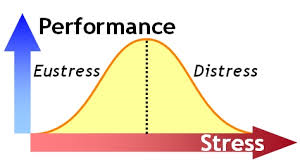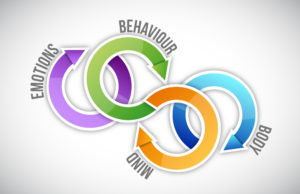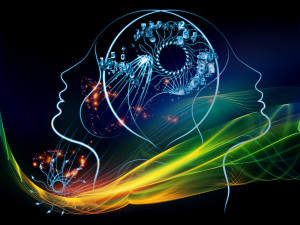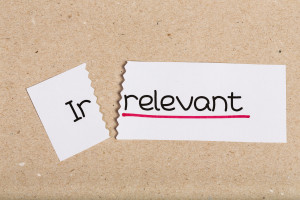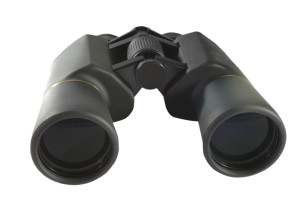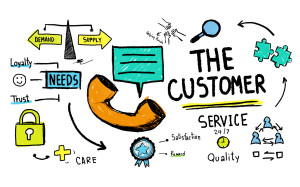First things first. The words used in the title may appear jargons. So let’s clarify what cognitive ambidexterity means before we understand its importance and relevance to our success.
 Cognitive thinking
Cognitive thinking
Reasoning, Mental, Intellectual, Cerebral are some of the synonyms of the word cognitive.
Just think of the last one week in your life. How much information do you think you would have received from different sources? Printed material (could be meeting documents, review papers, news-papers, magazines etc). Electronic medium (e-mails, social media etc).
Every day we are bombarded with information via our senses. It’s up to the brain to receive, process, store, and access that information as we need it. Handling incoming information well can give us the tools we need to succeed in our personal and professional life. And the power to do all that comes from the brain’s core cognitive skills.
So when we say cognitive thinking or cognitive skills or cognition it includes elements such as knowledge, attention, memory and working memory, judgment and evaluation, reasoning and computation, problem solving and decision making, comprehension and production of language etc.
The brain’s cognitive skills include long- and short-term memory, auditory processing (making sense from what we hear), visual processing (making sense from what we see), processing speed, and logic & reasoning. These are also the same skills that IQ tests measure in order to determine IQ.
Ambidexterity
If you have seen the Hindi movie ‘3 idiots’, you may recall a college scene where Prof. Viru Sahastrabuddhe (played brilliantly by Boman Irani) is shown using both the hands efficiently to write on the board.
Ambidexterity is the state of being equally adept in the use of both left and right hand, and also using them at the same time.
So does it mean that you and I have to start practicing writing with both our hands (preferred and non-preferred) to be successful? After all we have never done this in our life and we still are successful in our field.
In our context, ambidexterity is the ‘thinking’ that goes in an individual that empowers her with the ability to write with left and right hand at the same time.
In short it’s the ability to use both sides of our brain effectively.
Cognitive Ambidexterity
Combine these two and one is talking about a competency that takes efforts and practice to acquire but the rewards supersede all the efforts that we would take to develop this competency.
So what is different in someone who practices cognitive ambidexterity?
 Decision making
Decision making
If you are running your enterprise or working with the Organisation, what are the things that you are required to do? May be set goals, gather information, identify alternatives, evaluate alternatives and close. At each of these steps of decision making, we see these individuals following different way of thinking and arriving at conclusions be it in meetings, while dealing with clients, investors or any other stakeholder.
Ability to deal with complexity 
Today’s problems are more complex to deal with and we live in the world of VUCA. It’s an acronym for Volatility, Uncertainty, Complexity and Ambiguity. Look at anything around. The dynamics with which things are changing is very different than earlier times. There is lack of predictability. There are multiple forces working at the same time leading to confusion and chaos. There are mixed meaning of conditions, haziness of reality.
A person practicing cognitive ambidexterity also faces the very same issues however the way she responds is different taking herself, her unit or Organisation forward differently and decisively.
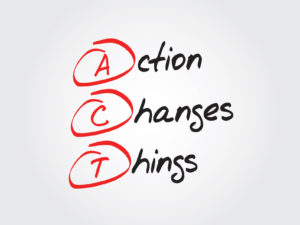 Bias for action
Bias for action
This is the tendency to act without analysis or information. Contemplation is performed later. “Peak performers and high achievers have a bias to action” says Bill Cole, a sport psychology coach. According to Cole, who coaches Davis Cup Tennis Players, Olympians and executive achievers: “high achievers can’t wait to get started, they want to take action now, have a can-do attitude, and a ‘good as done’ vision of success that drives them.”.
We spoke about (i) Decision making ability; (ii) Ability to deal with complexity and (iii) Bias for action. The first two points talk about thinking and deliberation ability and third point talks about inclination towards action without much deliberation. This may appear to be contrasting however that is the beauty of someone who practices cognitive ambidexterity.
It’s the ability to traverse between thinking and action effortlessly.
Can we learn cognitive ambidexterity?
The good news is we can. The not so good news is it requires being consciously aware and consistent.
Here is what experts say that can help us develop cognitive ambidexterity.
- Be in an environment that fosters thinking, challenges logic and encourages you to solve simulated or actual problems. Interactive games
 or business simulations, incubated projects, handling a real time situation are some things that can keep us in that environment.
or business simulations, incubated projects, handling a real time situation are some things that can keep us in that environment.
- Be in an environment that fosters creativity. Language, poetry, appreciation of art and nature could be one such way. Developing observation capability for seeing innovative designs, solutions and connecting them in your context could be one another way.
So here is a quick summary.
- Cognitive ambidexterity is the ability to use thinking and creation logic simultaneously.
- It helps one make faster and better decisions, deal with VUCA better.
- Fosters thought through bias for action.
- Being in an environment that encourages thinking and logic (Left brain)
- Being in an environment that fosters creativity and innovation (Right brain).

